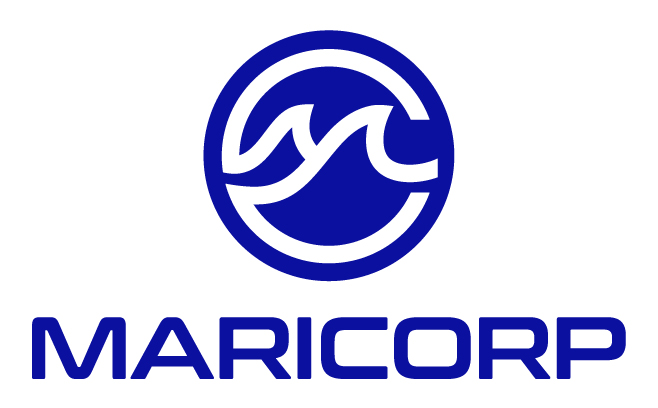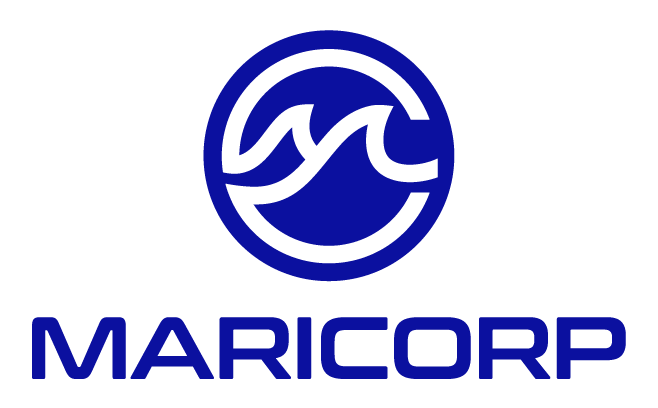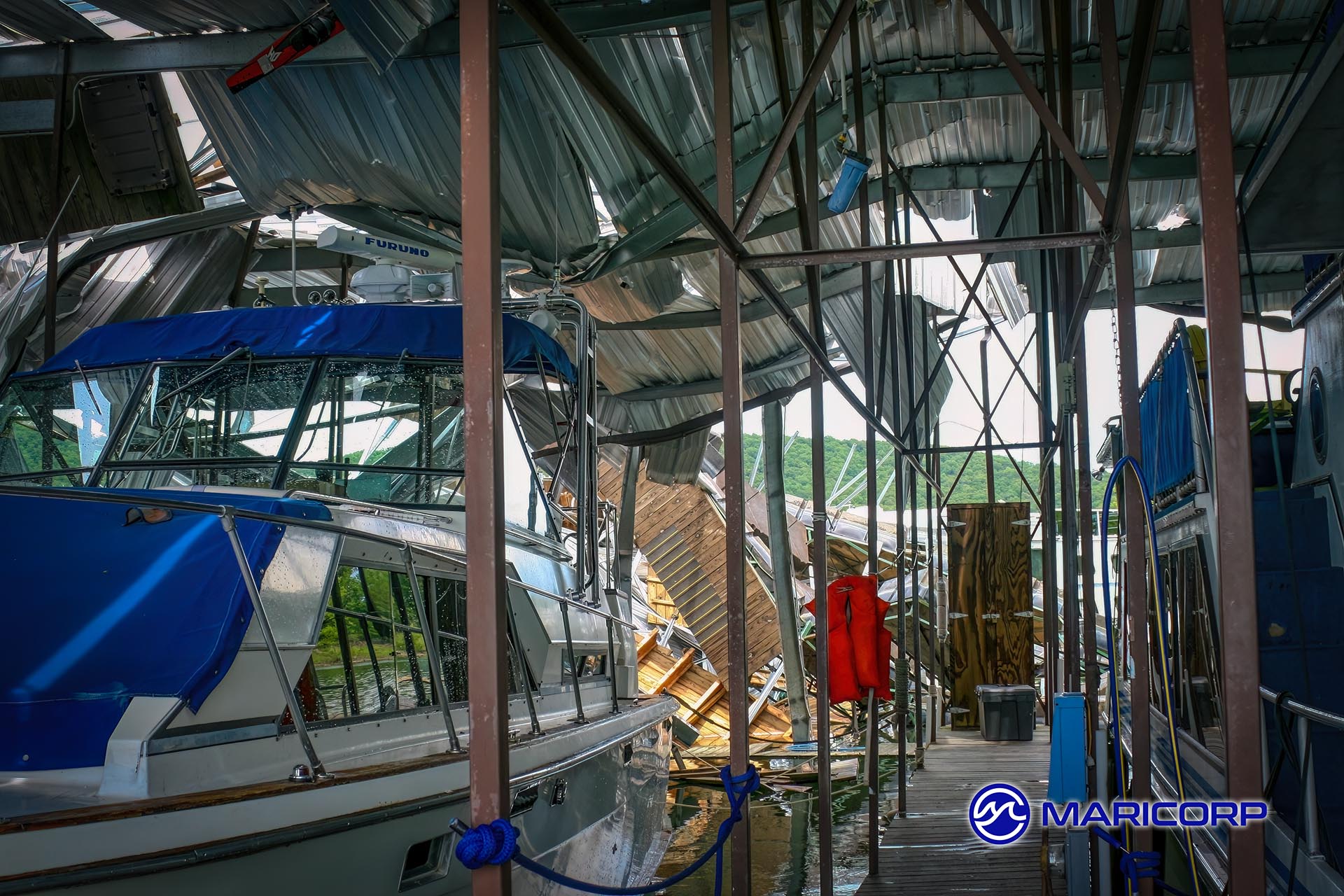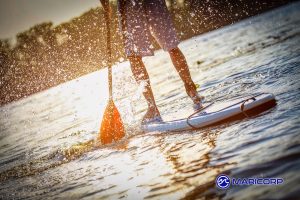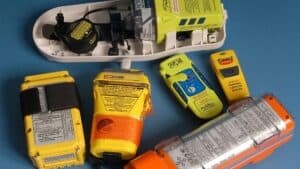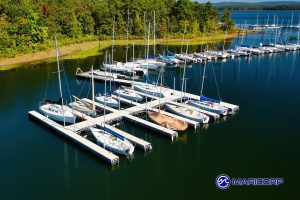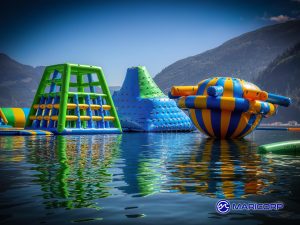Hurricane Preparedness Plans and Preparation
The 2023 hurricane season ranked as the 4th for most-named storms in a year. But the 2023 hurricane season also set climate records, for the highest monthly sea surface temperature in NOAA’s 174 year record. Tropical Storm Hilary was the first tropical storm to hit Southern California in 84 years. 2023 would see 28 weather and climate disasters exceeding $1 billion each. Total combine cost of 2023 disasters was $931 billion.
In the face of more severe and extreme hurricane seasons, it’s imperative that marinas adopt and implement a hurricane preparation plan. As we’ve seen with hurricanes Harvey, Ian, Maria and Irma, these storms are not always predictable and the destruction can be immense.
No coastal marina owner wants to think about hurricane season and the possibility of damaged facilities but, unfortunately, it’s inevitable. It’s best to be prepared well in advance so when the time comes, you aren’t scrambling to make sure your marina investment is protected. Consequently, it’s simply too late when a hurricane watch has been issued.
Hurricane Preparedness Plans for the Marina Owner
The following are 8 things we recommend marina owners implement in order to ensure the safety of the marina. * You should determine:
- Possible direction and size of waves, and wind exposure, as well as predicted surge levels.
- Potential flooding from upland.
- Potential protected areas and the availability of “hurricane holes” or “Harbors of Refuge,” plus distance, protection of route, and estimated anchorage capacity.
- Adjacent upland damage potential considering structures, utility corridors, topography, vegetation, etc.
- Structural aspects of and damage potential to floating boat docks and piers: piling size and type, type of docks and direction of slips, wood or concrete, cleat sizes and strength, berth layout, seawall protection, etc.
- Structural aspects of and damage potential to buildings, including dry racks.
- Shut off and/or disconnect mechanisms for utilities (overhead lines, exposed water, electrical and fuel lines to docks).
- How safe the location is for marina employees and customers, the location of the nearest shelter and the evacuation route.
For Your Renters
Effective marina hurricane preparedness plans also require compliance and effort by boat owners. The task will go smoother if the boat owner accepts the plan. Similarly, the manner and how well the plan is communicated are critical for a successful evacuation.
Communicate legal requirements in the rental contract. These are items required of every renter for the safety of the marina, personnel, and other vessels:
- Wet dry/slip and storage evacuation policies;
- Responsibilities to board, move, or to secure vessels;
- Liability insurance coverage requirements;
- Boat owner responsibility for damages by boat to marina property and others;
- Likewise, boat owner responsibility regarding boats and environmental damage;
Here are specific ways you can communicate to your renters:
- Attach your Hurricane Preparedness Plans to the rental contract.
- Communicate the Hurricane Preparation Plan in mailings and seminars
- Provide checklists for securing boats – dockside, at anchor, and ashore.
- Finally, plan best slip and rack reassignments for hurricanes and communicate those assignments.
There are many factors to take into account when preparing for a hurricane. Too numerous to mention are the variables involved with the storm itself. Marina owners planning in advance assure boat owners and employees that safety, above all, is top of mind. No one can predict the damage a storm inflicts. Being prepared and controlling as much as possible are important in mitigating the worst disaster.
If you’d like more detailed information, please contact us. For more hurricane preparedness plans and information visit NOAA. An example of Hurricane Preparedness Plans** for a marina is provided by The Landings Association.
Related Safety Articles:
- 5 Marina Safety Programs & Tips
- Operational Marina Safety Planning
- Choosing a Life Jacket – The First Step to Boating Safety
- 6 Basic Boating Safety Tips and the Stats that Support Them
- Dock Lifeguard Systems ESD Prevention
*Sign up for our free newsletter “Marina Management Journal” so you can stay up to date
**Following this checklist does not assure damage prevention or that the marina owner may not be held liable for damages. Maricorp US assumes no responsibility for any damage or injury that may occur in the implementation of these guidelines.
About MariCorp
Maricorp is one of the largest floating boat dock manufacturing and construction companies in the United States, specializing in galvanized steel floating docks and boat lift systems. With projects spanning coast-to-coast, Maricorp provides marina consultation and design, marine construction, marina repair and renovation, and boat dock disaster response and demolition.
